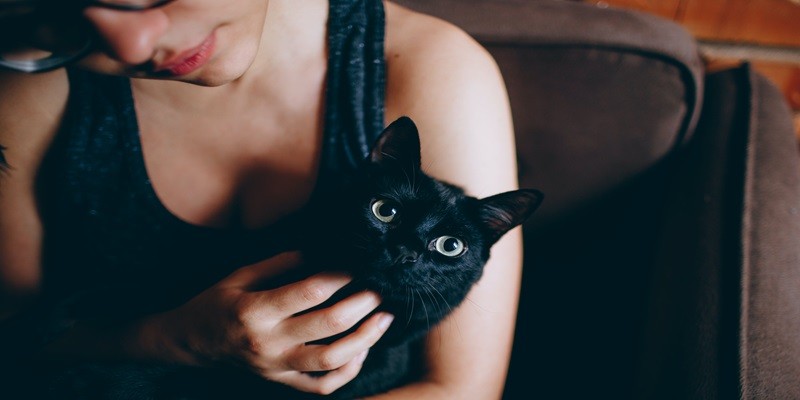Some people like dogs, while others are fond of cats as pets. Then, a few may seek to have the best of both worlds. If you love cats, you will want to have a domestic cat or a Feliscatus, according to scientific terminology. Your affection for them can result from their bold personality that suits yours and their distinctive, loving nature laced with a distinguishing air of attitude.
Defining what makes them adorable can be challenging, but learning about their personality and temperament is essential if you plan to adopt or buy one soon. It allows you to help her adjust to the new environment smoothly and feel safe. So, let’s dig into a few characteristics of this pet animal.
Typical features of a domestic cat
Also called housecats, most young domestic mammals’ vocal range tends to be minimal, sounding like a human newborn. But this type of cry helps her tap into your emotional side. Because they are attention-seeking, it is unsurprising if someone told you how they envy other kittens in the same house.
Although they are blessed with powerful night eyesight due to tapetum lucidum in their eyes, newborns usually open their eyes after a week of their birth and need time to make their vision more focused. Another thing is their ability to perceive color. They can see yellow and blue, but colors like green and red need more effort to detect.
The main component of their diet tends to be meat. Cats need a daily dose of about two gms of protein. However, proper dietary requirement analysis depends on age, weight, and health. Some houseplants and vegetables can be toxic for them.
Evolution of domestic cats from wildcats
The modern house cats are the descendants of the African wildcat, as proved by DNA studies of ancient cats. As the trend of farming rose, the heavy production of grains led to the need for safe storage space from rodents. While wildcats were attracted to the rodents to have them as their meal, humans entertained the idea of keeping wildcats around to save their produce from rodents.
As one era faded into another, the cats became comfortable with humans. In North America, you still come across wildcats. Reports suggest six species are prominent, including Bobcat, Jaguarundi, Canadian Lynx, Cougar, Jaguar, and Ocelot. These are endangered species today.
Domestic cat varieties can be overwhelming, confusing you about choosing one from them. However, if you like cute kitties, certain species can be more suitable, such as the British shorthair, Maine coon, the Persian,the Ragdoll, and the Bengal. Each is unique, with the Maine coon having a large body, to Ragdoll known for its flat fat, and the Bengal for their similarities with wild cats.
No matter what cat you bring home, provide it with a safe and secure environment. One of the crucial aspects of nurturing them is their diet. Although meat is critical, raw proteins and raw meats can be toxic for them. Dairy products, raisins, grapes, chocolate, garlic, onion, and a few other things should also be out of their reach for their adverse effects on their health.
Last Updated on April 23, 2025 by Pauline G. Carter

